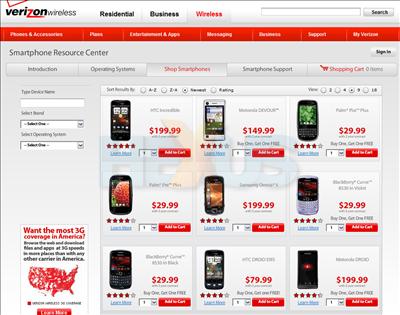Kin expensive
When we wrote about the launch of Microsoft's first own-branded mobile handset - the Kin - we concluded that the relatively minimal feature set and juvenile design meant it would be positioned as an entry-level smartphone aimed at the teen market. We assumed it would be priced accordingly but it turns out we were wrong.
Microsoft officially launched the Kin handsets in the US via Verizon Wireless today and, to our surprise, they cost the same as many fully-featured smartphones. Firstly you have to sign-up to Verizon voice and data plans - which cost $39.99 and $29.99 per month respectively - for a full two years, then you have to shell-out between $150 and $200 up front, with $100 of that reclaimable via a mail-in rebate.
So that means you're looking at a minimum spend of $1,729.51 for a phone that, while it offers some unique features regarding social networking, entertainment and the cloud, has nowhere near the feature set of the latest high-end smartphones and runs an OS that will be obsolete by the end of this year.
To put this into some kind of context, we went to the Verizon site and had a look at what else was on offer. All smartphones require this minimum $69.98 per month for two years commitment, and most require some up-front payment. Looking at the screen-shot below, you can see that handsets like the HTC Incredible and the Motorola Droid are available for not much more than the higher-end kin, while the Palm Pre Plus costs less than either.
With the Kin Microsoft is trying to bring something new to the smartphone market, but it's also trying to develop a new brand from scratch in a massively competitive environment. It needed to make a statement with the Kin and price it at a level that would make people seriously consider moving away from what they have become comfortable with.
While Verizon seems to set a pretty high base level for smartphone contracts, nobody was forcing Microsoft to pick that operator, let alone ask for a bunch more wonga up-front. By pricing the Kin phones so high, Microsoft has given end-users little reason to dip their toe in the water with its own-brand experiment. Opportunity missed, we feel.














